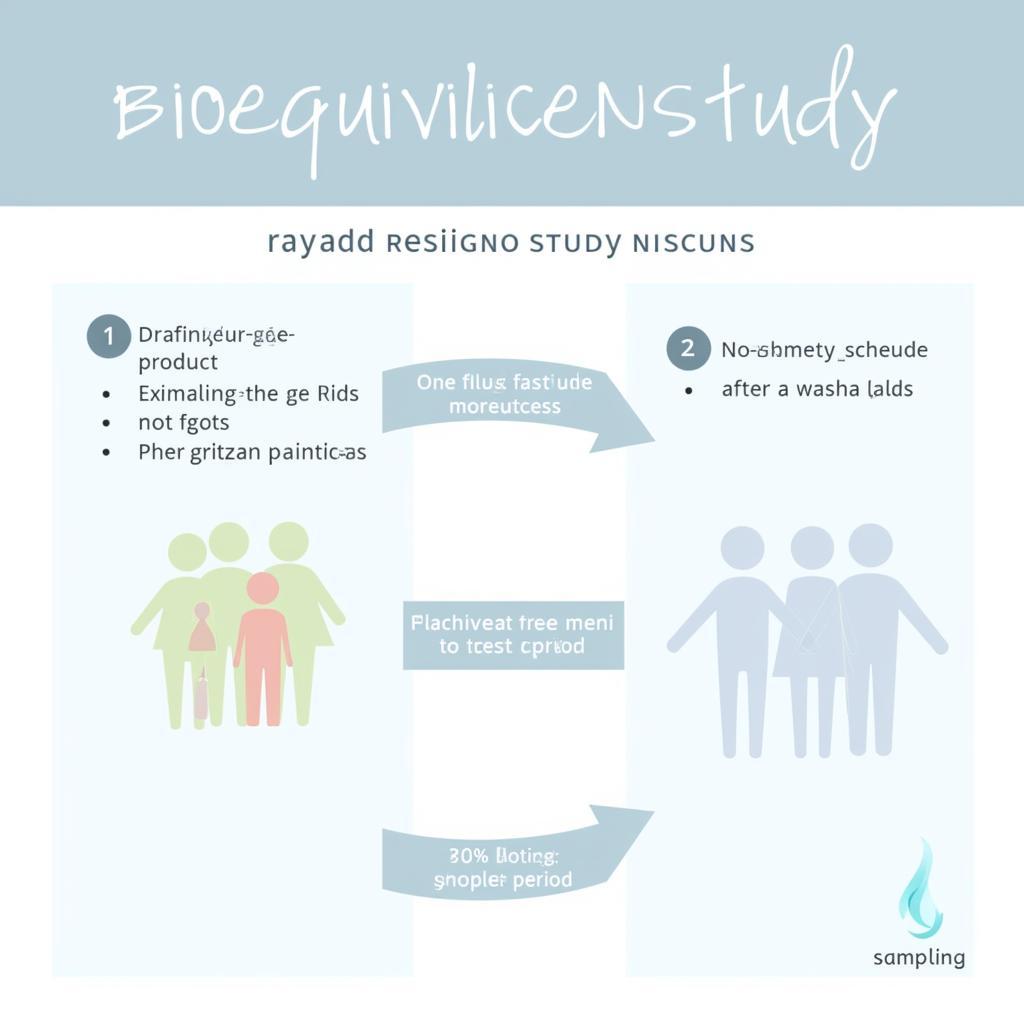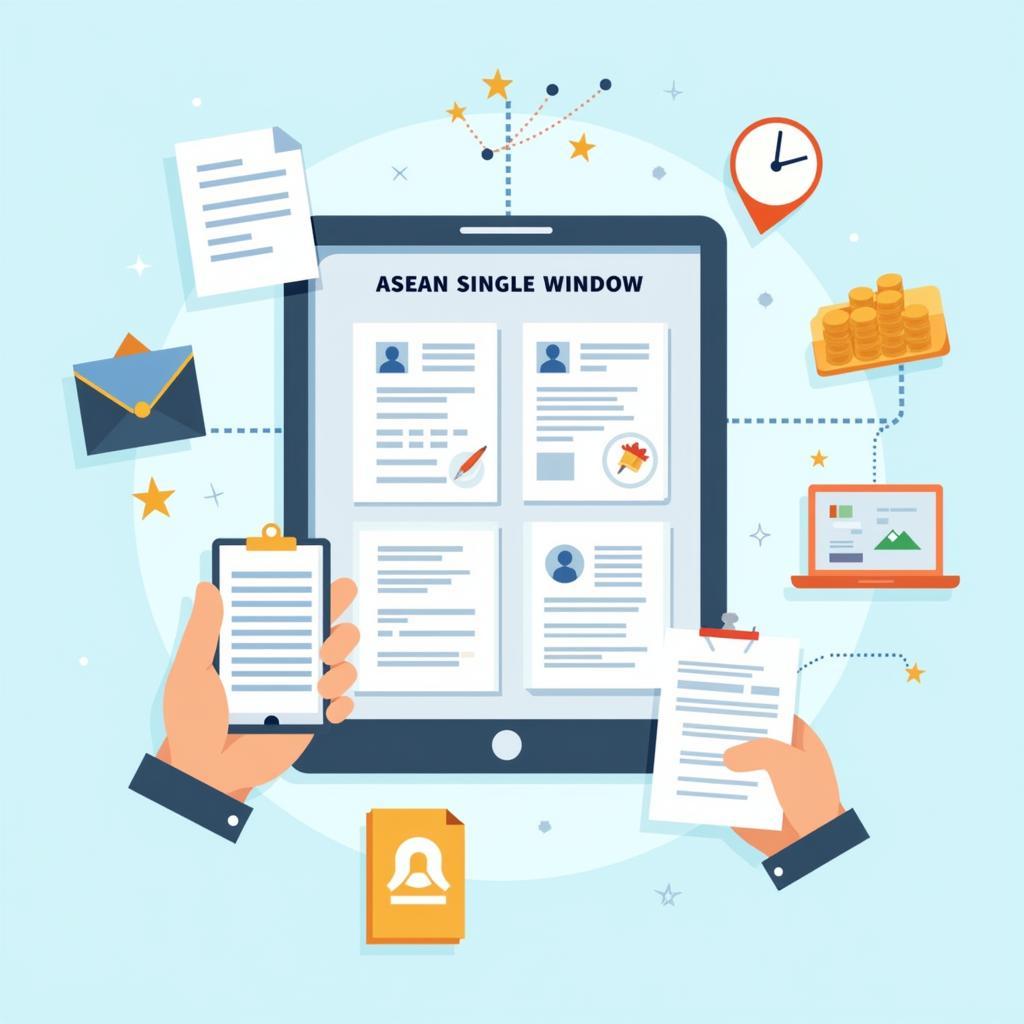Bioequivalence is a cornerstone of ensuring pharmaceutical quality and efficacy across borders, especially within dynamic regions like ASEAN. Understanding and adhering to Asean Bioequivalence Guidelines is crucial for pharmaceutical companies seeking to register and market their products within the Southeast Asian market. This article delves into the intricacies of these guidelines, providing a comprehensive overview for industry professionals.
What are ASEAN Bioequivalence Guidelines?
The ASEAN bioequivalence guidelines provide a harmonized framework for evaluating the bioequivalence of generic drug products. They aim to ensure that generic versions of a drug deliver the same amount of active ingredient into the bloodstream at the same rate as the reference product. This ensures therapeutic equivalence and interchangeability, ultimately benefiting patients across the ASEAN region. These guidelines cover various aspects, including study design, data analysis, and reporting requirements.
Key Aspects of ASEAN Bioequivalence Guidelines
Several key aspects shape the ASEAN bioequivalence guidelines. Understanding these elements is essential for successful product registration and market entry.
- Study Design: The guidelines detail the preferred study design, which typically involves a randomized, crossover study in healthy volunteers. Specific considerations, such as the number of subjects and the sampling schedule, are also outlined.
- Analytical Methods: Validated analytical methods are crucial for accurately measuring drug concentrations in biological samples. The guidelines specify the requirements for method validation, ensuring reliability and consistency.
- Statistical Analysis: Appropriate statistical methods are essential for demonstrating bioequivalence. The guidelines outline the acceptable statistical approaches and criteria for determining bioequivalence.
- Reporting Requirements: Comprehensive reporting is vital for regulatory review. The guidelines stipulate the necessary information to be included in the bioequivalence study report.
 ASEAN Bioequivalence Study Design Illustration
ASEAN Bioequivalence Study Design Illustration
Why are ASEAN Bioequivalence Guidelines Important?
Harmonized bioequivalence guidelines are instrumental in facilitating trade and access to affordable medicines within the ASEAN region. They provide a common standard for evaluating generic drug products, reducing technical barriers to trade and promoting competition. This, in turn, can lead to lower drug prices and increased access to essential medicines for patients.
Common Challenges and Solutions
Navigating the regulatory landscape and adhering to the ASEAN bioequivalence guidelines can present certain challenges.
- Variability in Regulatory Interpretation: While the guidelines aim for harmonization, variations in interpretation can occur among different ASEAN member states. Consulting with regulatory experts familiar with the specific requirements of each country is crucial.
- Data Requirements: Meeting the stringent data requirements can be complex and resource-intensive. Careful planning and execution of bioequivalence studies are essential for generating robust and reliable data.
Future Trends in ASEAN Bioequivalence
The ASEAN bioequivalence landscape is constantly evolving. Emerging trends include the increasing use of biowaivers for certain drug products, which can reduce the need for conducting full bioequivalence studies. In addition, there is growing emphasis on the use of advanced analytical techniques and modeling approaches to enhance the efficiency and accuracy of bioequivalence assessments.
How can I stay updated on the latest ASEAN Bioequivalence Guidelines?
Staying informed about the latest revisions and updates to the guidelines is critical. Regularly checking the official ASEAN website and subscribing to relevant newsletters can provide valuable insights into any changes.
What is the role of regulatory agencies in enforcing these guidelines?
Regulatory agencies in each ASEAN member state play a crucial role in enforcing the bioequivalence guidelines. They review bioequivalence study reports and grant marketing authorization for generic drug products that meet the required standards.
Conclusion
ASEAN bioequivalence guidelines are vital for ensuring the quality, safety, and efficacy of generic medicines in the region. Understanding and adhering to these guidelines is essential for pharmaceutical companies seeking to access the ASEAN market. By following these guidelines, companies can contribute to improving access to affordable and essential medicines for patients across Southeast Asia.
FAQ
- What is the purpose of bioequivalence studies? Bioequivalence studies are conducted to demonstrate that a generic drug product is equivalent to the reference product in terms of the rate and extent of absorption.
- Who is responsible for conducting bioequivalence studies? Pharmaceutical companies seeking to register generic drugs are responsible for conducting bioequivalence studies.
- Where can I find the official ASEAN bioequivalence guidelines? The official guidelines can be found on the ASEAN website.
- What are the consequences of not complying with the guidelines? Non-compliance can result in rejection of the drug application and inability to market the product.
- How often are the guidelines updated? The guidelines are periodically reviewed and updated to reflect scientific advancements and regulatory changes.
- What are some common pitfalls to avoid in bioequivalence studies? Common pitfalls include inadequate study design, improper analytical methods, and insufficient data analysis.
- Are there any exceptions to the bioequivalence requirements? In certain cases, biowaivers may be granted, eliminating the need for a full bioequivalence study.
Need further support? Contact us at Phone: 0369020373, Email: aseanmediadirectory@gmail.com or visit us at: Thon Ngoc Lien, Hiep Hoa, Bac Giang, Vietnam. Our customer service team is available 24/7.
